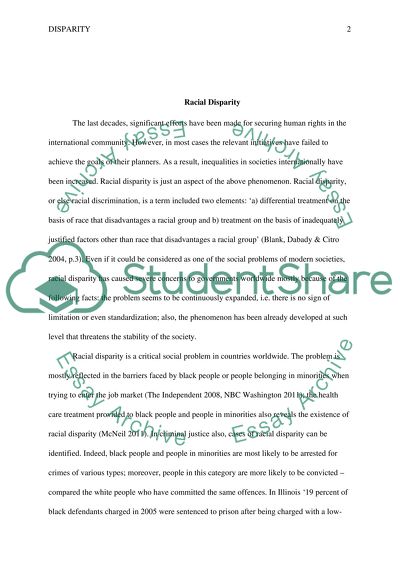Cite this document
(“Racial Disparity Research Paper Example | Topics and Well Written Essays - 1250 words”, n.d.)
Retrieved from https://studentshare.org/nursing/1424419-racial-disparity
Retrieved from https://studentshare.org/nursing/1424419-racial-disparity
(Racial Disparity Research Paper Example | Topics and Well Written Essays - 1250 Words)
https://studentshare.org/nursing/1424419-racial-disparity.
https://studentshare.org/nursing/1424419-racial-disparity.
“Racial Disparity Research Paper Example | Topics and Well Written Essays - 1250 Words”, n.d. https://studentshare.org/nursing/1424419-racial-disparity.


